Rounding off Sigi Koko’s natural paint series is her overview of the pros, cons and important considerations of making non-toxic natural paints from the simplest of ingredients.
What is natural paint?
Before there were paint companies, people made their own paint using natural, non-toxic, often edible ingredients. Natural paints are durable, beautiful, and incredibly easy to make. You can purchase manufactured natural paints, but they can be more expensive. You can also make your own natural paints with ingredients from nature and that you probably have in your kitchen. And then you control the ingredients and the colour!
Benefits
- Non-toxic: Natural paints do not off-gas any chemical toxins into your air, so they are safer to use and safer for your long term indoor air quality; off-gassing ingredients in paint have been linked to dizziness, headaches, and asthma
- No petrochemicals: the ingredients in natural paints are derived from nature, like milk, eggs, clay, tree resin, beeswax, bug excretions, etc., rather than from non-renewable sources
- No hazardous by-products: the manufacturing process for conventional paints results in a variety of environmentally polluting byproducts; natural paints are derived from nature in the form of trees, milk, soil, and so on
- Less energy to make: the energy needed to make natural paints is YOU… mostly pouring and stirring!
- Breathable finishes: this means that the paints don’t make a plastic-like finish that traps vapour on either side, which can cause problems with moisture build-up (which can in turn mean mould or rotting)
Challenges
When you buy paint, you read the label to see where best to use the paint and you can colour match the paint to anything. These are great conveniences and take the guessing out of paint. When you make your own natural paints, you need to understand which paint recipe is appropriate for your particular application. As for colour, you have complete control! You can mix absolutely any colour, but you may need to experiment a bit to get just the right shade. This means you need to understand your ingredients!

What’s in paint?
Below are the basic component of any paint.
- PIGMENT: the point of most paint is to put colour on a surface, even if that colour is white. Natural pigments are mostly mineral based, like iron oxides, or plant based, like onion skins. You have to make sure the type of pigment you are using will work with the binder you choose or you may end up with a different colour than you intended. This is especially true if you have any lime putty in your paint.
- BINDER: the ingredient that transforms pigment into paint is the binder, because it glues the pigment onto the wall. If you just used pigment and water, for example, your paint would flake or dust off in no time because the water alone won’t glue the pigment to your wall. So you need a binder to attach it. There are a multitude of natural binders in your kitchen, including milk and eggs. Other binders include natural oils, such as tung or linseed oil, clay, gum arabic (from tree resin), beeswax, lime putty, cellulose (from flour), and beer (which some may argue is a waste of beer!). For a complete collection of recipes, I recommend The Natural Paint Book.
- SOLVENT: this ingredient gets a bad name because many solvents used in conventional paints off-gas and are super toxic, but really all the solvent does is thin the consistency of your paint to something you can apply. The solvent can even be water.
Recipes
Feeling inspired to make your own natural paint? You can follow the links to find Sigi’s recipes for clay paint, milk paint and two types of egg paint. Happy painting!
Find the original post over on the Build Naturally blog here.

About the author
Sigi Koko is the principal designer at Down to Earth Design, which she founded in 1998 to help her clients manifest their dreams of living in a natural, healthy home. She also teaches natural building workshops that empower her clients to contribute creatively during the construction of their own home. You can find out more about her work on her website and blog.

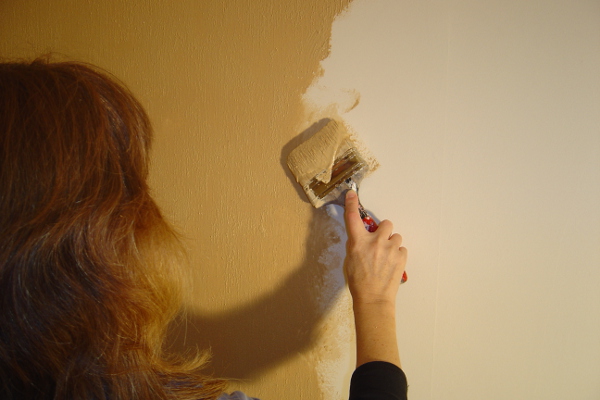
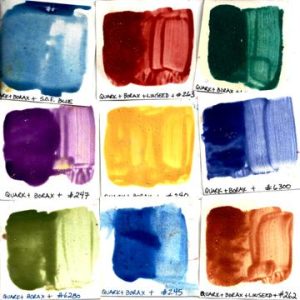
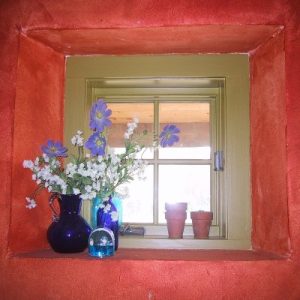
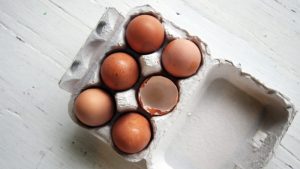

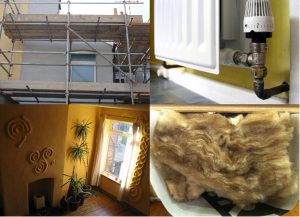
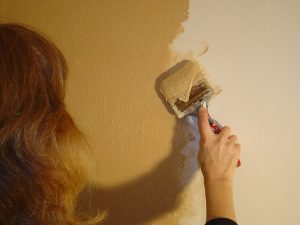
1 Comment
Hi
is it possible to make your own non toxic paint that is a sealer for plywood to prevent off gassing?
currently using the lakeland sealer but at 100 quid per tin its not cheap and im really interested in trying to make my own
many thanks
dave